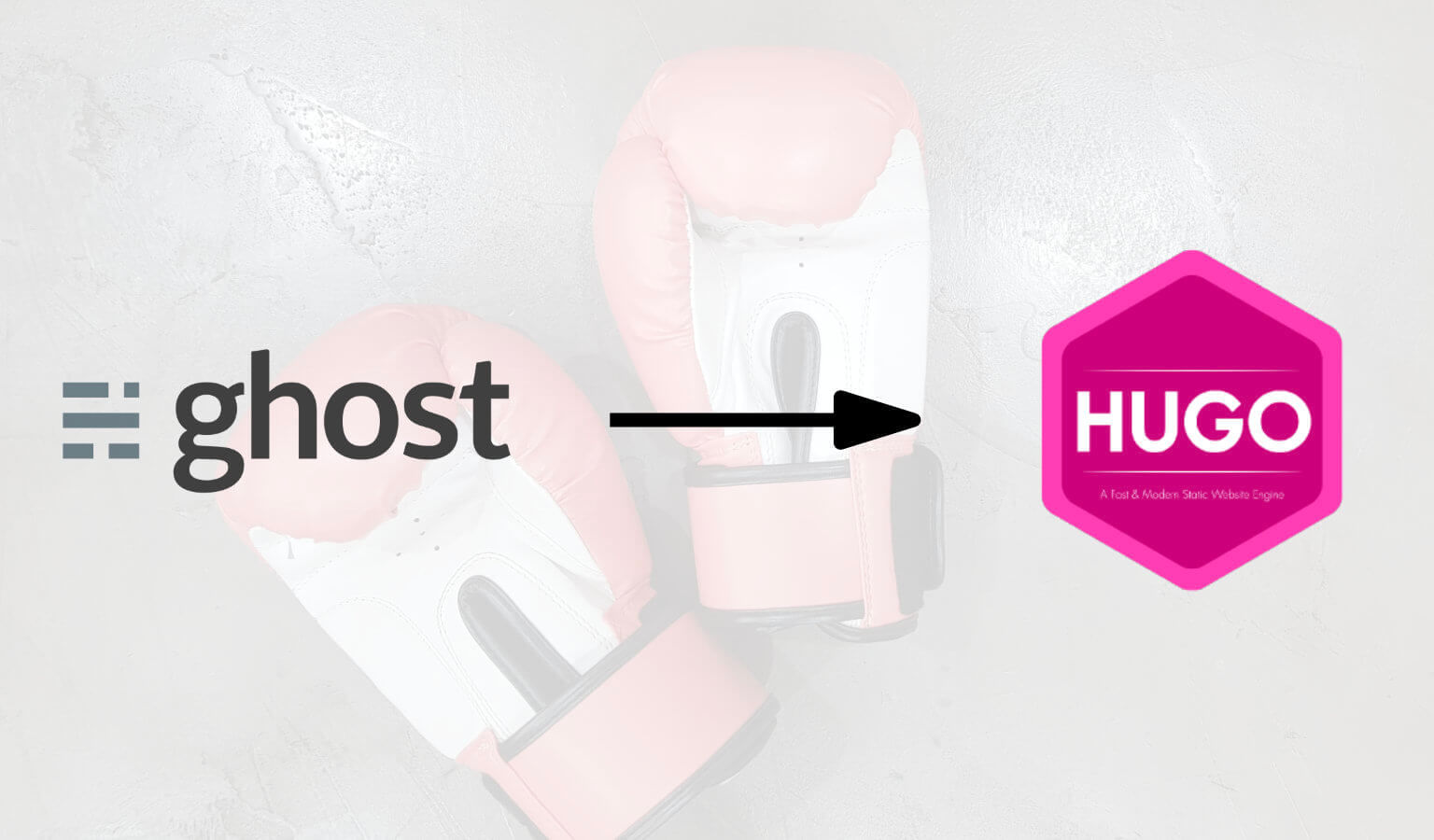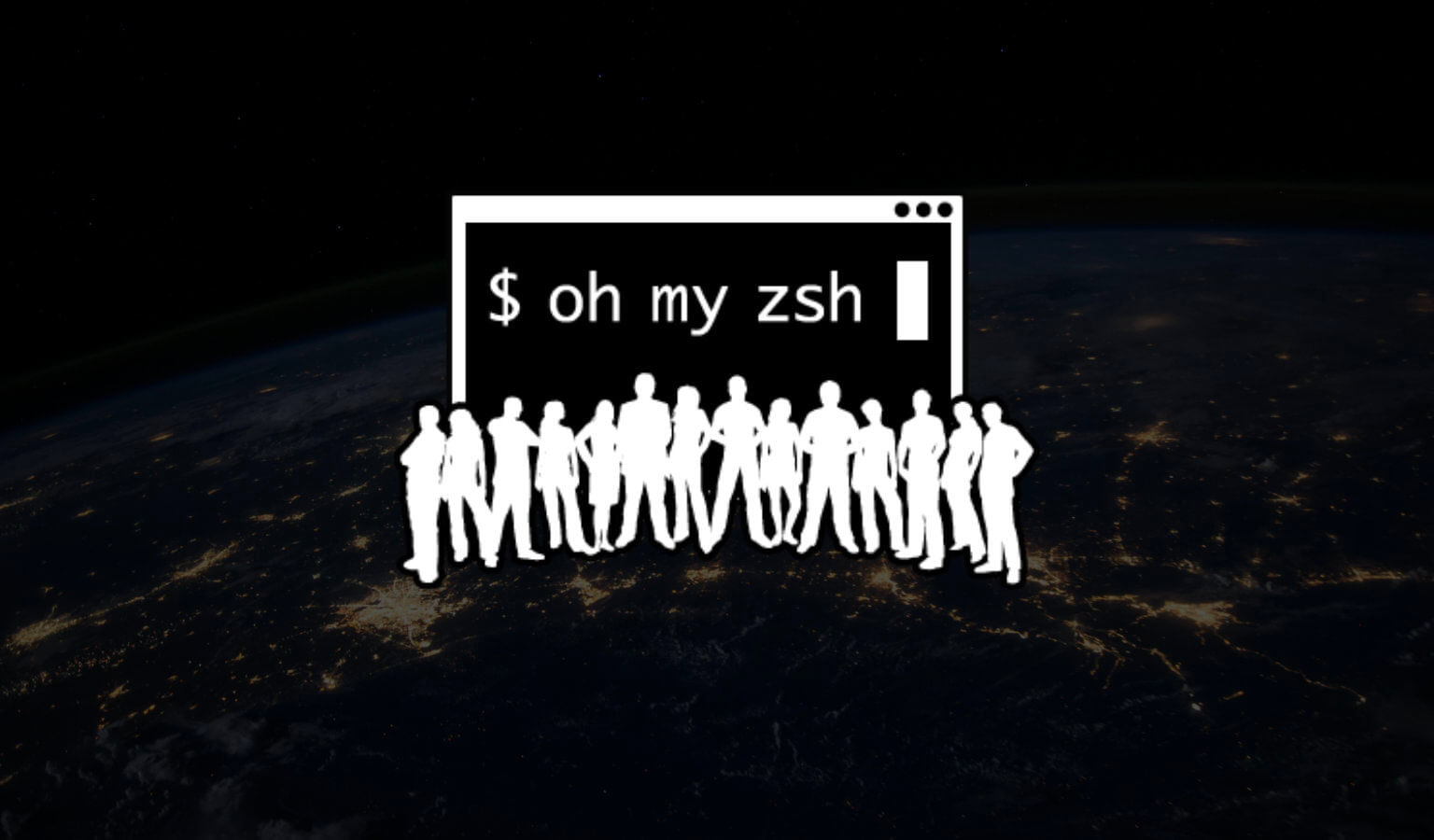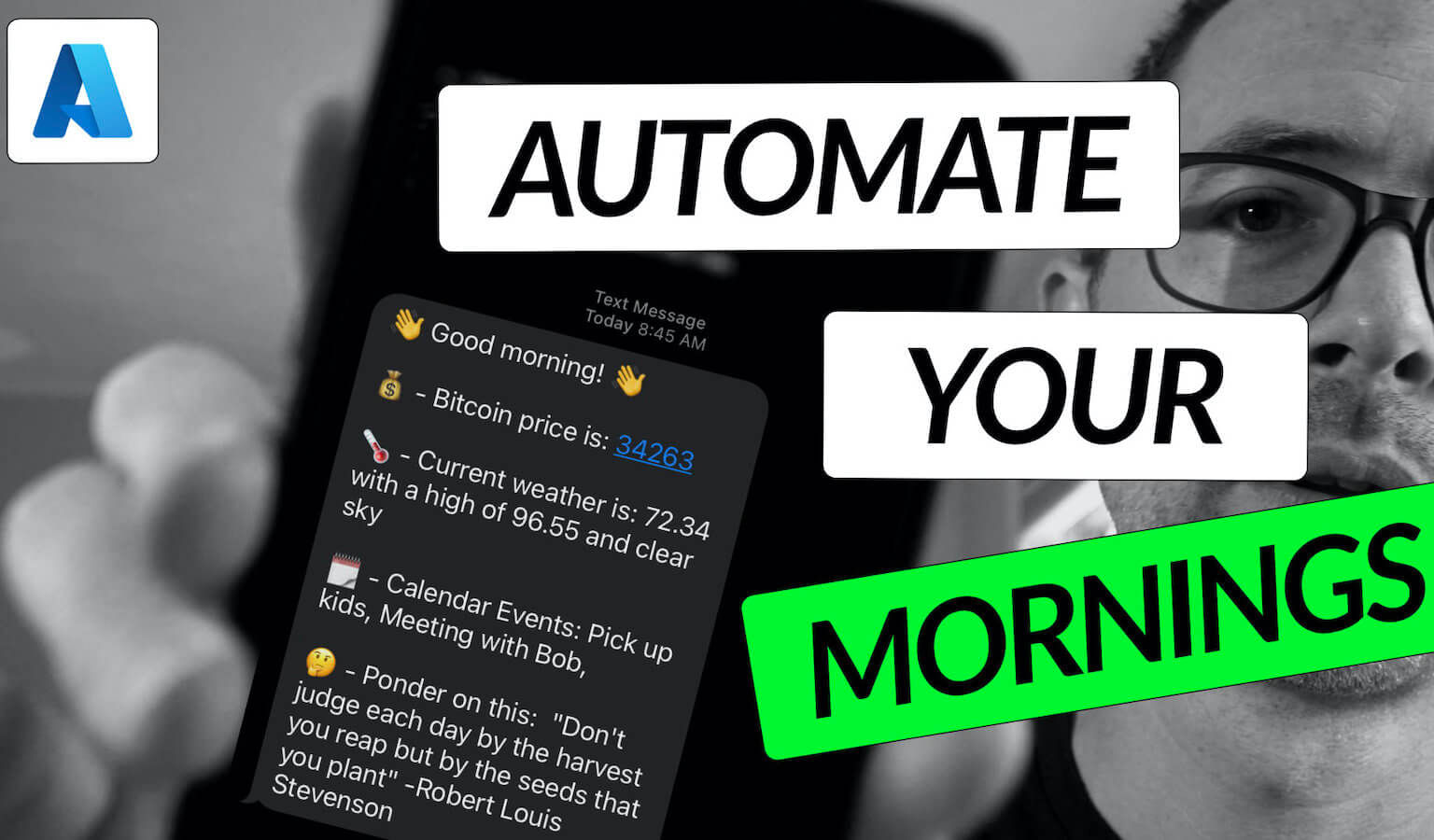
How to Stay In Demand as an Aging Developer
Turning 40 this year gave me a lot to think about in regards to my own software career and more specifically how to stay in demand as I continue to age in this fast-paced industry. In this article, we'll look at six suggestions.




